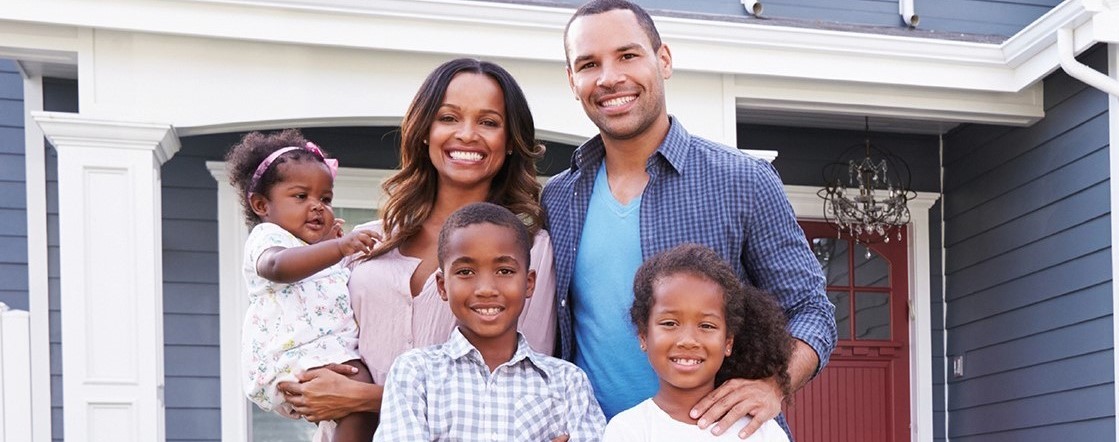Trust for America’s Health and Well Being Trust Call for Renewed Focus on Preventing Deaths of Despair
DISTRICT OF COLUMBIA & OAKLAND, CA – Dec. 23, 2020 – According to data released this week by the National Center for Health Statistics, in 2019 age-adjusted drug overdose deaths increased slightly over the prior year. Coupled with data released last week by the CDC showing increases in drug overdose deaths in early 2020, these reports demonstrate the continuing upward trajectory of drug deaths in the U.S, a trend that is being compounded by the COVID-19 pandemic.
The age-adjusted rate of drug overdose during 2019 was 21.6 per 100,000 deaths, up from the 2018 rate of 20.7 per 100,000. In 2019, 70,630 people died due to drug overdose in the United States.
Between 1999 and 2019 the rate of drug overdose deaths increased for all groups aged 15 and older, with people aged 35-44 experiencing the highest single year increase in 2019. While rates of drug overdose deaths involving heroin, natural and semisynthetic opioids, and methadone decreased between 2018 and 2019 the rate of overdose deaths involving synthetic opioids other than methadone continued to increase.
2018 data showing only minor progress after decades of worsening trends, provisional drug overdose data showing an 18% increase over the last 12 months, and the recent CDC Health Alert Network notice on early 2020 increases in fatal drug overdoses driven by synthetic opioids all underscore the continued impact of the deaths of despair crisis and how the COVID-19 pandemic has further diminished the mental health and well-being of many Americans.
“These 2019 overdose rates and the outlook for 2020 are extremely alarming and the result of insufficient prioritization and investment in the well-being and health of Americans for decades,” said John Auerbach, President and CEO of the Trust for America’s Health. “As we work to recover from the COVID-19 pandemic, we must take a comprehensive approach that includes policies and programs that help Americans currently struggling and target upstream root causes, like childhood trauma, poverty and discrimination in order to help change the trajectory of alcohol, drug, and suicide deaths in the upcoming decades.”
Over the last five years, Trust for America’s Health (TFAH) and Well Being Trust (WBT) have released a series of reports on “deaths of despair” called Pain in the Nation: The Drug, Alcohol and Suicides Epidemics and the Need for a National Resilience Strategy, which include data analysis and recommendations for evidence-based policies and programs that federal, state, and local officials.
“If leaders don’t act now to stymie America’s mental health and addiction crises, next year’s data will easily surpass the astounding numbers we’re seeing today,” said Dr. Benjamin F. Miller, PsyD, Chief Strategy Officer at Well Being Trust. “Overdose deaths can be prevented if individuals who are struggling are able to access the appropriate services and supports – and with greater demonstrated success if the care individuals receive is rooted in their immediate communities.”
Drug Overdose Deaths, 1999-2019 (Rates age-adjusted)
| Year | Deaths | Deaths per 100,000 |
| 1999 | 16,849 | 6.1 |
| 2000 | 17,415 | 6.2 |
| 2001 | 19,394 | 6.8 |
| 2002 | 23,518 | 8.2 |
| 2003 | 25,785 | 8.9 |
| 2004 | 27,424 | 9.4 |
| 2005 | 29,813 | 10.1 |
| 2006 | 34,425 | 11.5 |
| 2007 | 36,010 | 11.9 |
| 2008 | 36,450 | 11.9 |
| 2009 | 37,004 | 11.9 |
| 2010 | 38,329 | 12.3 |
| 2011 | 41,340 | 13.2 |
| 2012 | 41,502 | 13.1 |
| 2013 | 43,982 | 13.8 |
| 2014 | 47,055 | 14.7 |
| 2015 | 52,404 | 16.3 |
| 2016 | 63,632 | 19.8 |
| 2017 | 70,237 | 21.7 |
| 2018 | 67,367 | 20.7 |
| 2019 | 70,630 | 21.6 |
Sources:
CDC – NCHS – National Center for Health Statistics
https://emergency.cdc.gov/han/2020/han00438.asp
https://www.cdc.gov/nchs/nvss/vsrr/drug-overdose-data.htm
# # #
About Trust for America’s Health
Trust for America’s Health is a nonprofit, nonpartisan organization that promotes optimal health for every person and community and makes the prevention of illness and injury a national priority. Twitter: @HealthyAmerica1
About Well Being Trust
Well Being Trust is a national foundation dedicated to advancing the mental, social, and spiritual health of the nation. Created to include participation from organizations across sectors and perspectives, Well Being Trust is committed to innovating and addressing the most critical mental health challenges facing America, and to transforming individual and community well-being. www.wellbeingtrust.org Twitter: @WellBeingTrust




